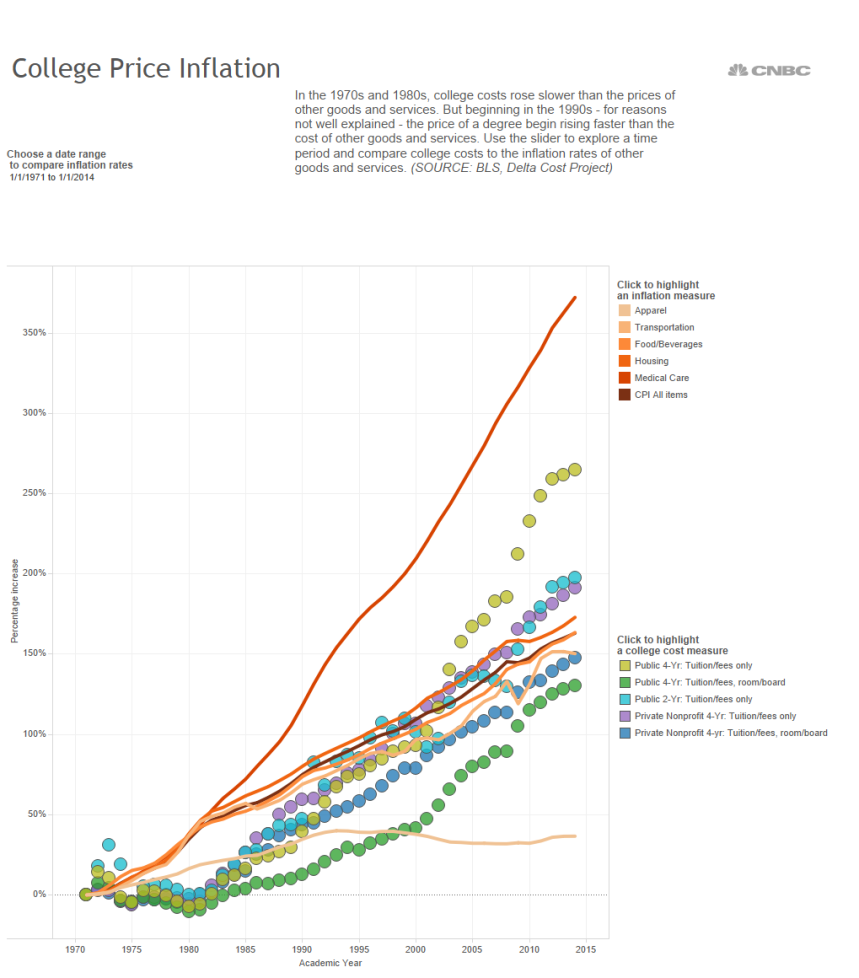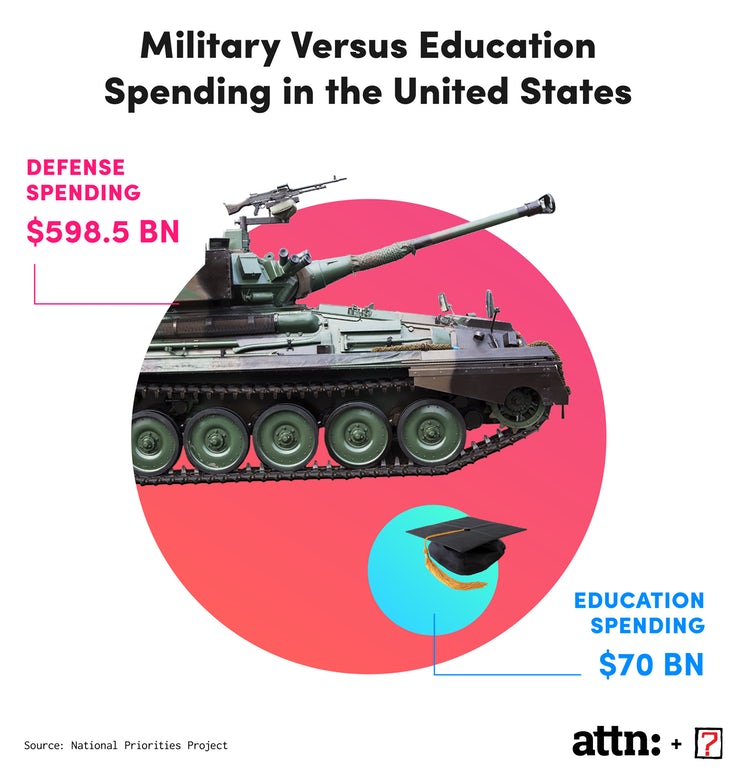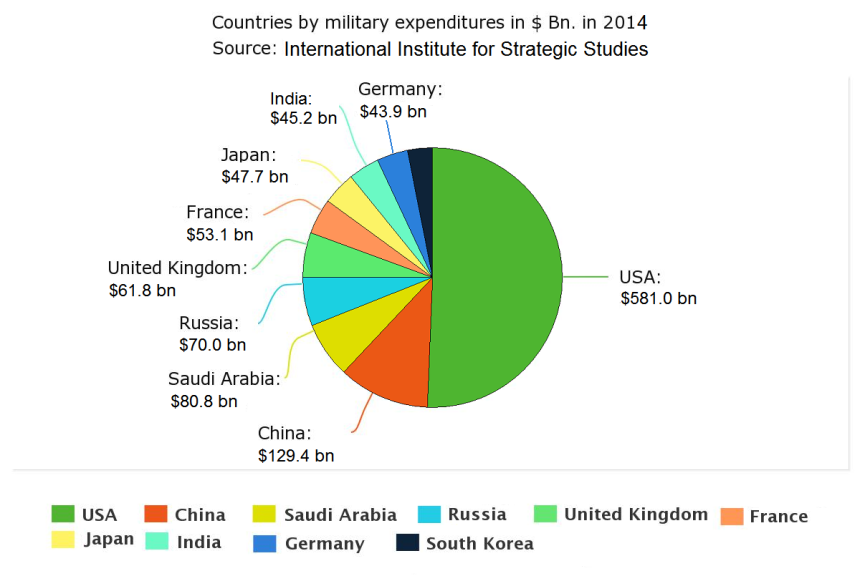Baobab tree (Adansonia digitata L.) is an African tree from the Bombacaceae Family traditionally used for many different purposes. In my village of Mbadatte, Fatick Region in Senegal, Baobab trees are among the main trees found in houses and surroundings; four in our compound alone! I remember, when I was a child, I used to stay under the youngest one with my toys or climb on top of it for fun or to get some leaves for my aunt. Sometimes, the bees would sting and I would yell, scratch myself and resume my chores or play time. Ooooh! Just some awesome childhood souvenirs.
I saw people in the village using all parts of baobab tree (leaves, bark, roots, seeds) for different purposes: food, traditional medicine, construction, etc. My aunt would dry the leaves and store them. Each evening she will ask me to grind a portion for her to put in our favored millet couscous that we would eat with cow’s milk or other kinds of sauces in the evening and in the morning. Like the baobab fruit, the leaves are rich in nutrients. Maybe that is why I was so strong and winning long distance races at school. The fruits, or bouye as we call them in Senegal, are used to make juices, Galax (refreshing mixture of Baobab fruit powder with peanut butter, water sugar, flavors (vanilla, nutmeg…) that we drink with thiakry (steamed millet flour granules) or Moroccan couscous, but also in millet porridge, among other delicious meals and delicacies. I also used to hear old women advising young pregnant women to “drink bouye juice more frequently”. I had no idea why they were saying that, but I found out later while taking a nutrition course in Senegal. Our professor was explaining the importance for pregnant women to take calcium-rich food, milk and fruits, etc. I asked her, why pregnant women are advised to take bouye? She said because it is highly rich in calcium, vitamin C, carbohydrates, dietary fibers, iron, potassium, magnesium, etc. This is confirmed by this affirmation: “The consumption of 40 g of pulp by a pregnant woman (19–30 years old) will cover 84% to 141% of her Recommended Daily Intakes (RDI) of vitamin C”. (F. J. Chadare et al., 2009). Furthermore, “baobab fruit pulp contains six times more ascorbic acid than orange fruit” (Silvia Vertuani et al, 2002).
Unknown in the world market some decades ago, now, baobab fruits also called Super Foods raise significant interest as a nutraceutical product because of their scientifically proven high content in nutrient and polyphenols that help our body stay in good health and younger. Due to the amount of profit that people can make by selling these products, it is not rare while shopping online, to find claims such as “natural baobab fruit power”, “organic baobab powder”, “organic baobab product”, etc. All these sounds good in the ears of consumers who care about healthy products while spending their hard earned money. I think that all these is due to the fact that organic products are considered safer in regards to the way cropping and food processing is done in developed countries these days. Fertilizers, pesticides and food additives are being used very abusively to address the growing world population food supply and also for certain farmers and industrial producers to make more money.
But do we (in Africa) really need to label our baobab powder as organic to better sell them?
Who is gaining, and who is losing if we get into those claims and specifications?
Let`s first remind what organic means and how baobab powder that are being sold is obtained.
I have recently (Fall 2016), taken the course FST 5044 entitled Global Food Laws and Regulations here at Virginia Tech in the department Food Technology and we covered a chapter on organic labeling. We were told that “All agricultural products sold, labeled, or represented as organic in the United States fall under USDA jurisdiction”.
According to USDA regulations, to claim raw or processed agricultural products as “100 percent organic, all ingredients must be certified organic and any processing aids must be organic”. And for raw or processed agricultural products in the “organic” category, “all agricultural ingredients must be certified organic, except where specified on National List. Non-organic ingredients allowed per National List may be used, up to a combined total of 5% of non-organic content (excluding salt and water).” “The product labels must state the name of the certifying agent on the information panel”. Furthermore, “organic crop production standards require that: land must have had no prohibited substances applied to it for at least 3 years before the harvest of an organic crop”.
Baobab fruits are not grown in agronomically. Fruits are produced when the tree reaches maturity many decades after the tree starts growing; hundreds of years as stated by Heike Pander “Optimum conditions to appear for germination and growth of baobab offspring can take up to 100 years and more, depending on the region”, (http://baobabstories.com/en/baobab-reproduction-of-a-giant/). These means the baobab products that are being sold currently came from trees that have been around well before food processing and organic labeling. Jitin Rahul et al. said that “African baobab is a very long-lived tree. It is said that some trees are over 1000 years old.” (Jitin Rahul et al, 2015). Even the oldest persons have found those trees in their concessions and farms inherited from their ancestors. There is no specific area (farms where are planted baobab trees) where you can say is just for baobab tree fruits production. However, presently, there are organized planting campaigns in Senegal but we can expect their fruits to be in the market in more than a hundred years later. Regarding pesticides and other chemicals, to my knowledge, there is no specific insects that attacks baobab tree fruits that would require the use of such products. They are different for examples from mango tree fruits on which you need to spray pesticides to limit the damages that can be caused by the mango fruit flies. Insect pests may attack the tree at flowering, causing shedding and abortion of the fruit prior to maturation but I have never seen people caring about that. Furthermore, the shell which covers the fruit pulp after flowering is so hard that I believe that no insect can harm. Once the shell got dried, the fruits will fall down on its own or when being hooked while using a long bamboo or hit with a stick. Another option, the most common one, is that young people (mostly boys) will climb the tree to get them. After that, the shell will be broken by using hard tools because it is too resistant. Inside the shell, are some white rows enveloping the seeds); they represent the pulp which when separated from the seed constitute the baobab fruit powder. That is the way people get baobab powder is obtained.
I think the consumers are losing because they might spend more money while buying the Baobab powder claimed as organic or 100% organic in specialized stores, while they could get the same product at a lower price somewhere else. In addition, other businesses are losing because either they do not know the way to get authorization from certifying agencies to claim organic or because they know that their product does not need certification in order to be sold. Furthermore, maybe they do not want to abuse consumers’ trust.
By the way, certifying agencies are perfectly right by certifying Baobab fruits powder as organic because it is a 100% Organic.
I love organic products and people who know me will not tell you the contrary. My adviser loves telling people “I have a student who love to buy organic products”. Yes, I like organic produces and products because they remind the taste of freshness I used to have home. Utmost, I love my country and I appreciate everybody who is trying to make our local products to reach the world market as this can be beneficial to our local economy. However, I am also a big supporter of fair trade. I want then to make consumers understand that all baobab powders out there in the market that are not adulterated with other product (which is a possibility like in all kinds of products in the world market) are just all natural and fine and should be worth what those claimed as organic are worthy of the claim. Therefore, claimed as “100% Organic” or just “Organic” or no, baobab original powder, leaves and oil naturally pressed (cold-pressed) have the same nutritional values and health attribute because all of them are obtained through the same natural production process. For me, business people carrying out activities surrounding this super fruit, are helping the world to be healthy and should be supported. That is what I am trying to do based on what I have learned regarding organic labeling but also my own experience as a someone who has grown having fun playing around baobab and enjoying its fruit every day. Till now even though far from home, baobab fruit, (bouye) is among the products always present in my daily diet.





